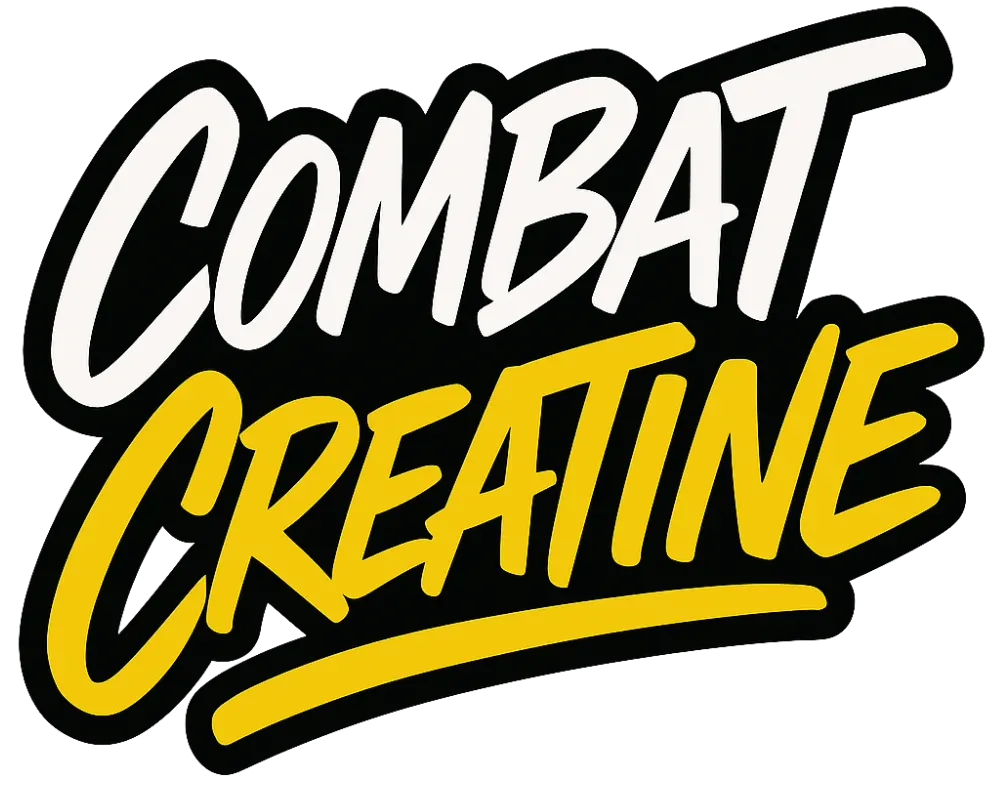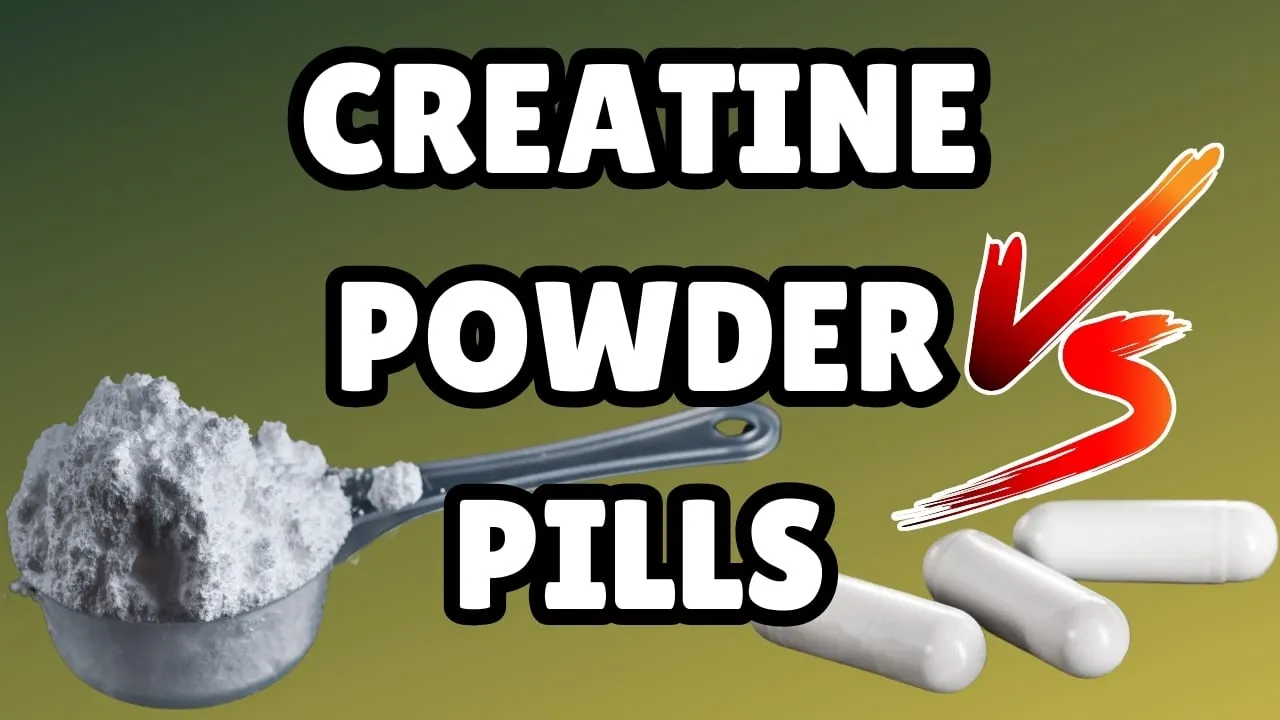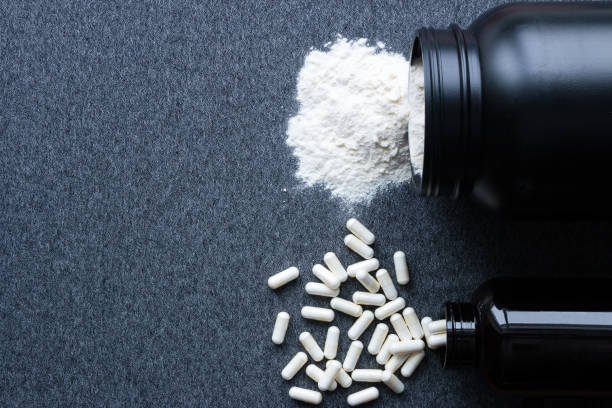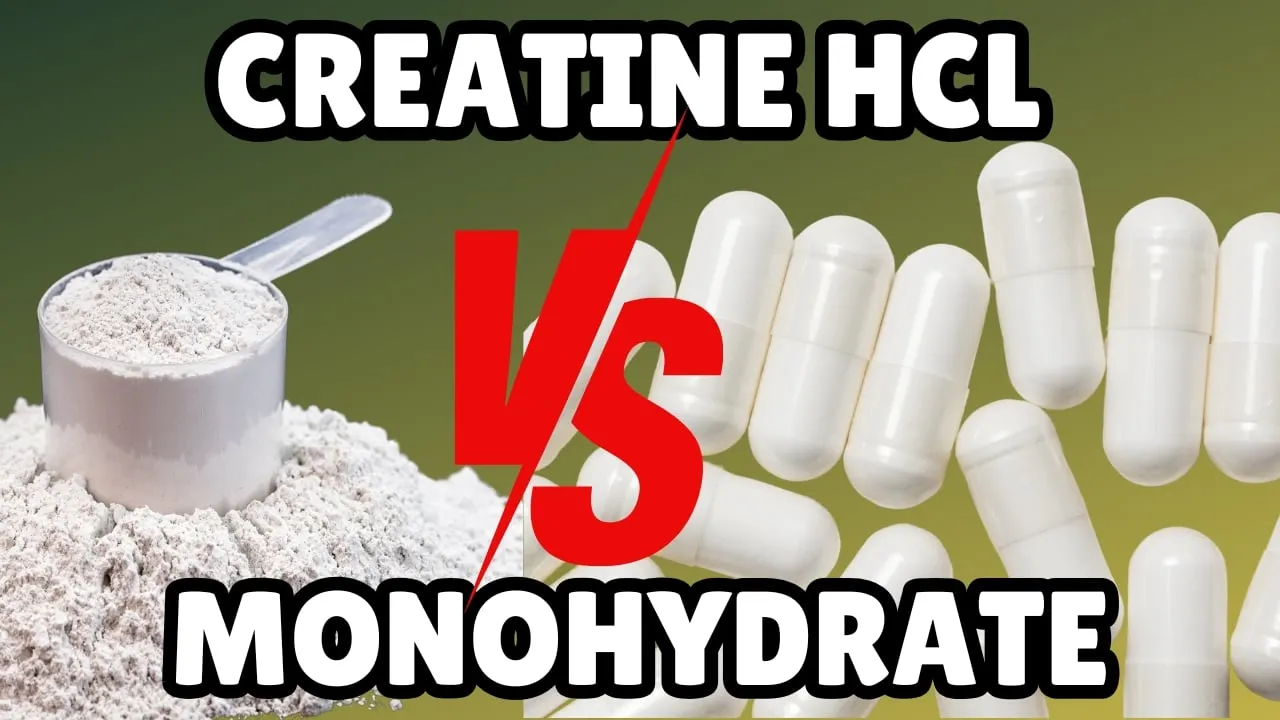Creatine Powder Vs. Pills: Which Is The Better Option?
Creatine Pills vs Powder: Which Creatine Supplement is Best for You?
Creatine is one of the most researched supplements in sports nutrition. It supports muscle strength, endurance, and overall performance.
With many options available, choosing between creatine pills, capsules, or powder can feel overwhelming.
This guide breaks it down, so you can decide what works best for your goals.
Outline
- What Is Creatine and How Does It Work?
- Benefits of Creatine for Muscle Building and Endurance
- Types of Creatine: Monohydrate, HCL, and More
- Creatine Pills vs Powder: What’s the Difference?
- How to Take Creatine Monohydrate for Maximum Results
- Do You Need a Loading Phase for Creatine?
- Micronized Creatine vs Regular Creatine: Does It Matter?
- What Are the Recommended Daily Doses of Creatine?
- FAQs About Creatine Supplementation
- Summary: Which Creatine Form Should You Choose?

What Is Creatine and How Does It Work?
Creatine is an amino acid found naturally in the body. It helps produce adenosine triphosphate (ATP), the primary energy source for high-intensity exercise.
Creatine monohydrate is the most popular form of creatine used in supplements.
When you take creatine, your muscles store more phosphocreatine. This allows your body to make more ATP, improving performance during weight lifting and other high-intensity activities.
Learn more about how creatine works here.
Benefits of Creatine for Muscle Building and Endurance
Creatine helps build lean muscle mass and increase strength. It also improves endurance during high-intensity workouts.
Athletes often use creatine supplements to recover faster and push through plateaus.
Benefits of creatine include:
- Increased muscle strength and power
- Enhanced endurance for short bursts of activity
- Faster recovery between sets or workouts
For more insights on how creatine helps with recovery and performance, check out Creatine Supplementation Benefits for Muscle Damage Recovery and Performance.
Types of Creatine: Monohydrate, HCL, and More
The most common form of creatine is creatine monohydrate. It is backed by years of research and is generally considered safe.
Other forms include:
- Micronized creatine: Smaller particles for better absorption
- Creatine hydrochloride (HCL): Easier to mix with water
- Unflavored creatine powder: Ideal for adding to shakes or pre-workouts
Each form of creatine provides the same benefits but may vary in terms of taste, solubility, and dosage.
Explore the differences between creatine HCL and monohydrate here.
Creatine Pills vs Powder: What’s the Difference?
Creatine pills and powder offer the same benefits, but they differ in convenience and usage:
- Creatine pills (capsules): Easy to take, no mixing required. Ideal for travel or on-the-go use.
- Creatine powder: Versatile and often more cost-effective. Requires a shaker or glass for mixing.
Your choice depends on what fits your lifestyle. For a more detailed breakdown, check out Creatine Powder vs Pills: Which Is the Better Option.

How to Take Creatine Monohydrate for Maximum Results
To saturate your muscles with creatine, you can start with a loading phase:
- Take 20 grams of creatine monohydrate daily, divided into 4 servings, for 5-7 days.
- Follow with a maintenance dose of 3-5 grams daily.
If you prefer to skip the loading phase, you can take 5 grams of creatine monohydrate daily.
Learn more about the creatine loading phase and how it works here.
Do You Need a Loading Phase for Creatine?
Although creatine loading is not required, it helps saturate your muscles faster.
Without a loading phase, it may take 2-3 weeks to see full benefits.
Loading phase or not, consistency is key. Drink plenty of water to improve creatine absorption.
Micronized Creatine vs Regular Creatine: Does It Matter?
Micronized creatine has smaller particles, which makes it easier to mix and digest.
Regular creatine monohydrate is just as effective but may not dissolve as well in water.
Both forms provide the same results. Your choice depends on personal preference.
What Are the Recommended Daily Doses of Creatine?
The recommended daily dose of creatine is:
- 5 grams of creatine monohydrate per day for maintenance.
- For capsules, follow the label's instructions, typically 2-4 capsules per serving.
Always consult your doctor before taking any supplements, especially if you are pregnant or managing a medical condition.
Learn more about dietary considerations when using creatine.

FAQs About Creatine Supplementation
- Can I take creatine with pre-workout?
- Yes, creatine can be combined with pre-workout supplements.
- Does creatine break a fast?
- No, creatine does not contain calories and will not break a fast. Read more in Does Creatine Break a Fast.
- Is creatine supplementation safe?
- Creatine is generally considered safe when taken in recommended doses.
Summary: Which Creatine Form Should You Choose?
- Choose creatine pills for convenience.
- Choose creatine powder for cost-effectiveness.
- Both forms provide the same muscle-building and endurance benefits.
Key Takeaways
- Creatine monohydrate is the most researched and effective form.
- Pills are convenient, while powder is versatile.
- Take 3-5 grams of creatine daily for long-term benefits.
- Stay consistent and drink plenty of water.
By choosing the right form of creatine and sticking to a routine, you can maximize your strength and endurance goals.
Works Cited
- Kreider, R.B., Kalman, D.S., Antonio, J. et al. International Society of Sports Nutrition position stand: safety and efficacy of creatine supplementation in exercise, sport, and medicine. J Int Soc Sports Nutr 14, 18 (2017). https://doi.org/10.1186/s12970-017-0173-z
- Buford, T.W., Kreider, R.B., Stout, J.R. et al. International Society of Sports Nutrition position stand: creatine supplementation and exercise. J Int Soc Sports Nutr 4, 6 (2007). https://doi.org/10.1186/1550-2783-4-6
- Antonio, J., & Ciccone, V. (2013). The effects of pre versus post workout supplementation of creatine monohydrate on body composition and strength. Journal of the International Society of Sports Nutrition, 10(1), 36. https://doi.org/10.1186/1550-2783-10-36
- Rawson, E.S., & Volek, J.S. (2003). Effects of creatine supplementation and resistance training on muscle strength and weightlifting performance. Journal of Strength and Conditioning Research, 17(4), 822-831. https://pubmed.ncbi.nlm.nih.gov/14636102/
- Candow, D.G., Vogt, E., Johannsmeyer, S., Forbes, S.C., & Farthing, J.P. (2015). Strategic creatine supplementation and resistance training in healthy older adults. Applied Physiology, Nutrition, and Metabolism, 40(7), 689-694. https://cdnsciencepub.com/doi/10.1139/apnm-2014-0498
For More Training Advice + Diet and Lifestyle visit us Combat Creatine
PS: Make sure you check out the rest of our Creatine Guides:
Creatine
Does Creatine Make You Look Fat or Just Slightly BiggerHow long does it take to see results from creatineCan i take creatine on an empty stomach?
the Benefits of Creatine and Taurine
Is Creatine Monohydrate Safe for Dogs












